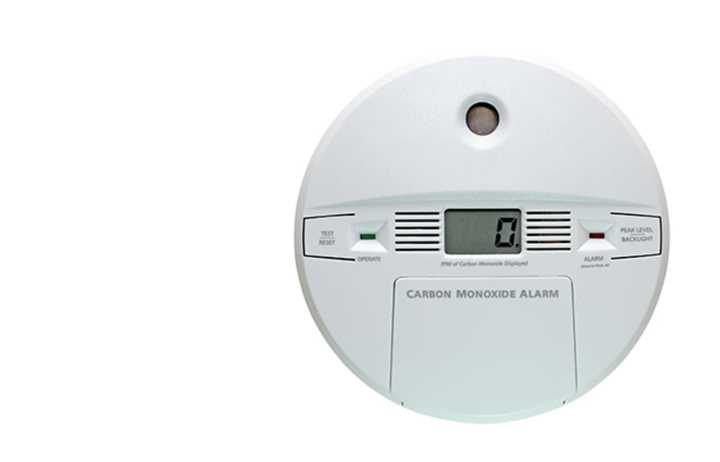A child was hospitalized for potential CO poisoning during the overnight incident on Westervelt Avenue off North 14th Street on Dec. 12, they said.
The youngster's condition couldn't immediately be determined.
Other family members were treated and released, responders said.
Hawthorne firefighters registered a reading of 301 parts per million (PPM) of the colorless, odorless gas on the second floor -- enough to cause almost certain death.
The first-floor reading was 168 PPM and the basement 135 PPM, they said.
In both instances, that's more than enough to cause confusion, intense headaches, unconsciousness, brain damage and even death, depending on the length of exposure.
The firefighters vented the home and secured a defective boiler that they said was responsible for the gas leak.
Most people won't suffer severe symptoms from prolonged exposure of carbon monoxide levels up to 70 PPM, although patients with heart trouble can experience chest pains.
Severe symptoms become more noticeable above 70 PPM (headache, fatigue, nausea). It's when it exceeds 150 PPM that CO starts becoming deadly.
Several thousand people a year go to emergency rooms for CO poisoning, according to the Centers for Disease Control.
Not counting automobiles, roughly 170 people in the U.S. die each year from CO poisoning produced by fuel-burning appliances such as furnaces, ranges, room heaters, portable generators and others, the Consumer Product Safety Commission reports.
Others are killed, either deliberately or accidentally, by vehicles left running in closed or attached garages.
******
WHAT YOU SHOULD KNOW: Because CO is odorless, tasteless, and colorless, it is absolutely necessary for you to have carbon monoxide detectors in your home that can warn you of danger in the same way that smoke alarms do with fire.
Be sure to have at least one working and effective battery-operated CO detector.
"Leave your home immediately and call 911 if your CO detector ever sounds," the CDC says. "Seek prompt medical attention if you suspect CO poisoning and are feeling dizzy, light-headed, or nauseated."
******
Click here to follow Daily Voice Lyndhurst and receive free news updates.
